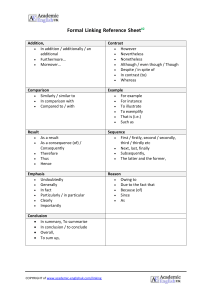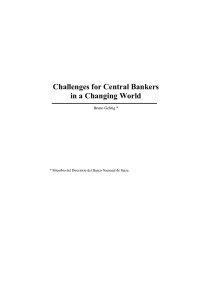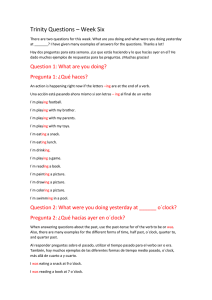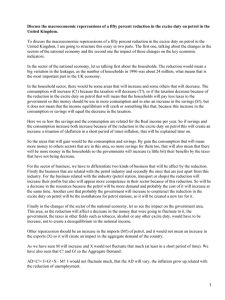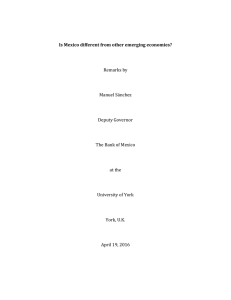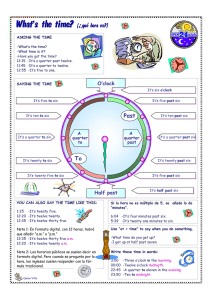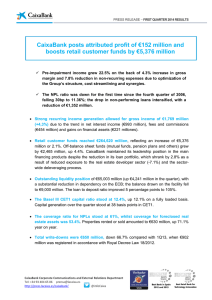La actividad económica mundial mantuvo, en general, un ritmo de
Anuncio
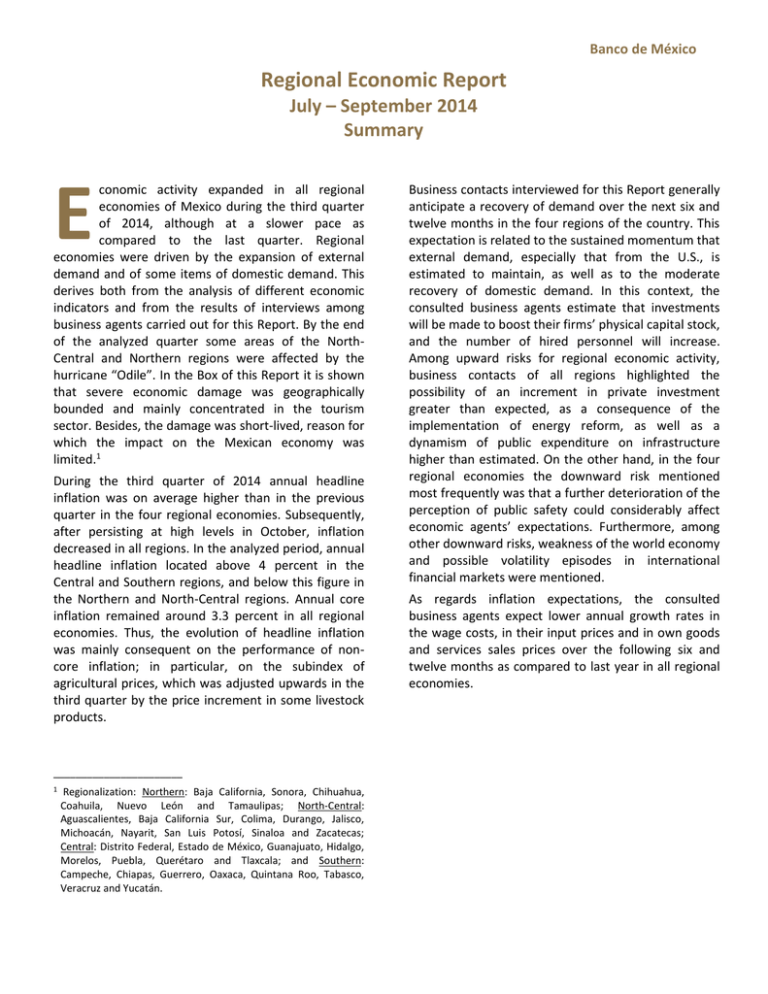
Banco de México Regional Economic Report July – September 2014 Summary E conomic activity expanded in all regional economies of Mexico during the third quarter of 2014, although at a slower pace as compared to the last quarter. Regional economies were driven by the expansion of external demand and of some items of domestic demand. This derives both from the analysis of different economic indicators and from the results of interviews among business agents carried out for this Report. By the end of the analyzed quarter some areas of the NorthCentral and Northern regions were affected by the hurricane “Odile”. In the Box of this Report it is shown that severe economic damage was geographically bounded and mainly concentrated in the tourism sector. Besides, the damage was short-lived, reason for which the impact on the Mexican economy was limited.1 During the third quarter of 2014 annual headline inflation was on average higher than in the previous quarter in the four regional economies. Subsequently, after persisting at high levels in October, inflation decreased in all regions. In the analyzed period, annual headline inflation located above 4 percent in the Central and Southern regions, and below this figure in the Northern and North-Central regions. Annual core inflation remained around 3.3 percent in all regional economies. Thus, the evolution of headline inflation was mainly consequent on the performance of noncore inflation; in particular, on the subindex of agricultural prices, which was adjusted upwards in the third quarter by the price increment in some livestock products. _______________________ 1 Regionalization: Northern: Baja California, Sonora, Chihuahua, Coahuila, Nuevo León and Tamaulipas; North-Central: Aguascalientes, Baja California Sur, Colima, Durango, Jalisco, Michoacán, Nayarit, San Luis Potosí, Sinaloa and Zacatecas; Central: Distrito Federal, Estado de México, Guanajuato, Hidalgo, Morelos, Puebla, Querétaro and Tlaxcala; and Southern: Campeche, Chiapas, Guerrero, Oaxaca, Quintana Roo, Tabasco, Veracruz and Yucatán. Business contacts interviewed for this Report generally anticipate a recovery of demand over the next six and twelve months in the four regions of the country. This expectation is related to the sustained momentum that external demand, especially that from the U.S., is estimated to maintain, as well as to the moderate recovery of domestic demand. In this context, the consulted business agents estimate that investments will be made to boost their firms’ physical capital stock, and the number of hired personnel will increase. Among upward risks for regional economic activity, business contacts of all regions highlighted the possibility of an increment in private investment greater than expected, as a consequence of the implementation of energy reform, as well as a dynamism of public expenditure on infrastructure higher than estimated. On the other hand, in the four regional economies the downward risk mentioned most frequently was that a further deterioration of the perception of public safety could considerably affect economic agents’ expectations. Furthermore, among other downward risks, weakness of the world economy and possible volatility episodes in international financial markets were mentioned. As regards inflation expectations, the consulted business agents expect lower annual growth rates in the wage costs, in their input prices and in own goods and services sales prices over the following six and twelve months as compared to last year in all regional economies.
